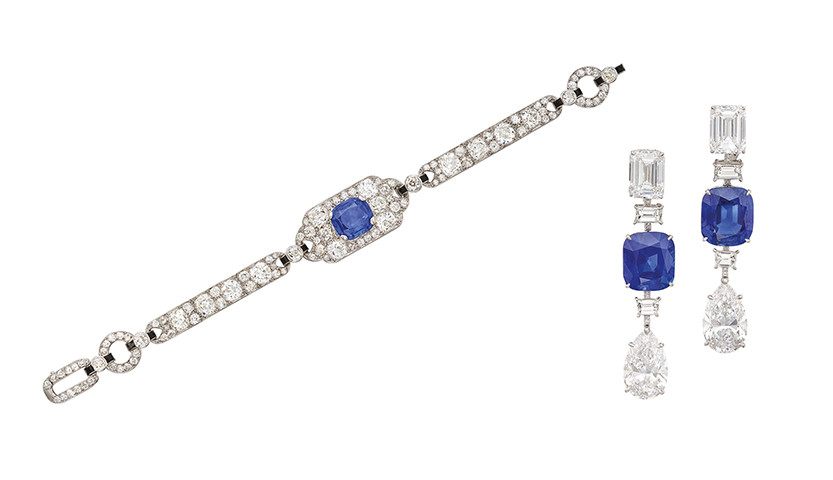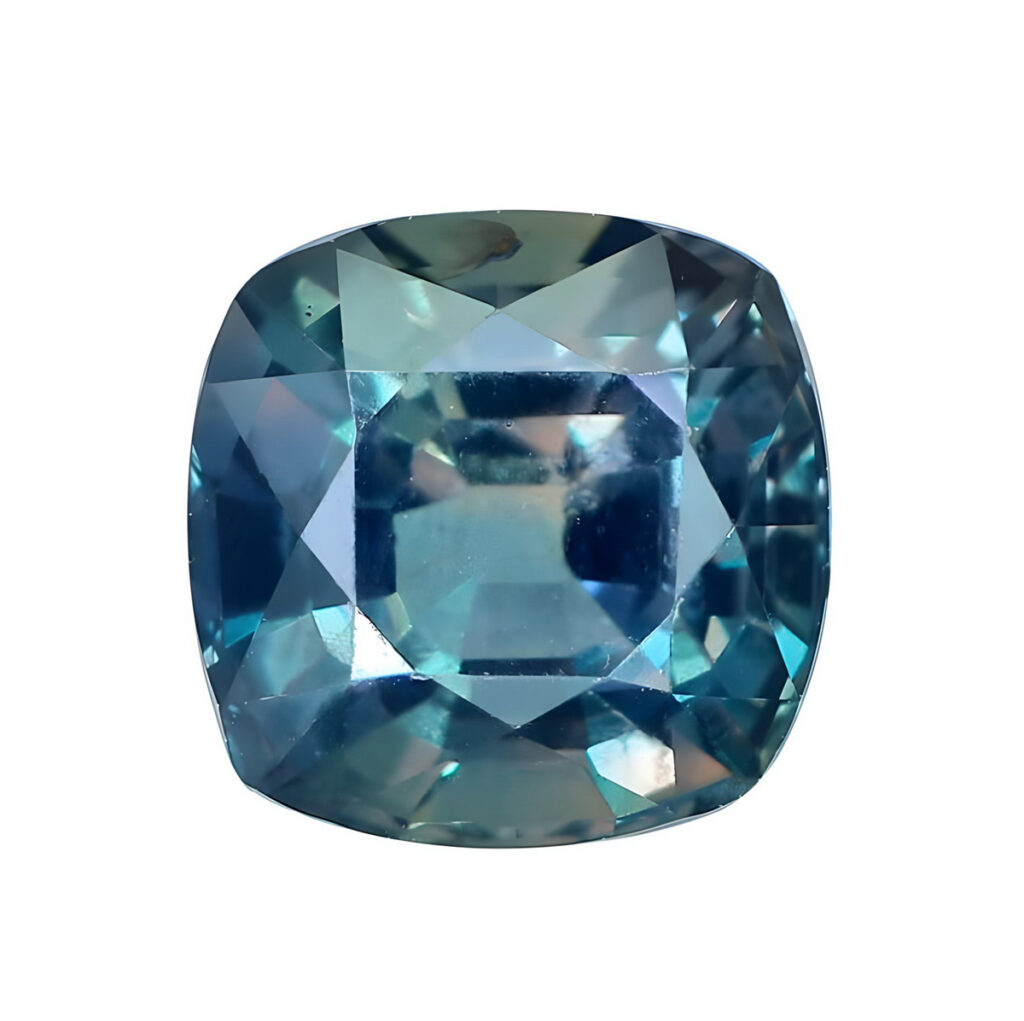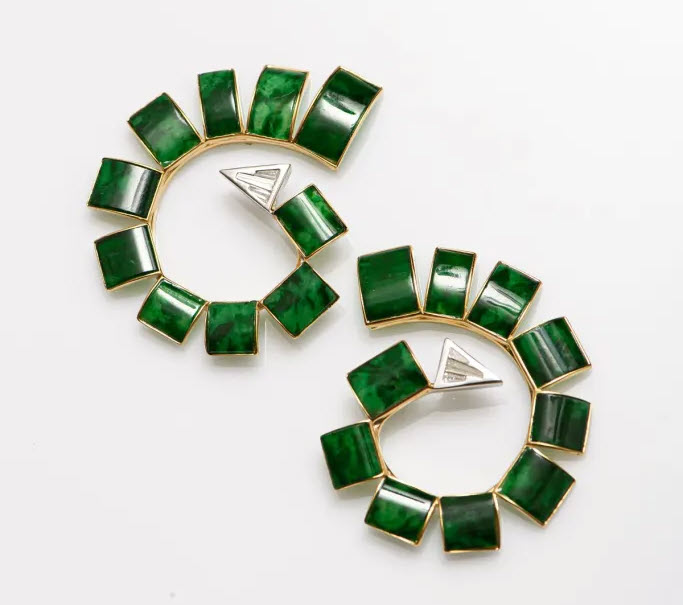Connoisseurs are deemed experts in a particular subject – be it art, music, wine or food. Driven by deep interest and passion, they develop skills carefully honed for many years to best comprehend the intricacies of a specific creative field. Connoisseurship also plays a critical role in the fine jewellery world, with the movement gaining further traction in Asia as evidenced by the growing participation of Asian bidders in major jewellery auctions.
This article first appeared in the JNA November/ December 2022 issue.
Defined within the context of jewellery, connoisseurs are buyers who have a more profound understanding of the details, techniques and principles behind jewellery design and craftsmanship. Having developed an eye for critical evaluation, they are often considered as knowledgeable critics whose opinions are highly valued. Whether this expertise lies in historical jewels or contemporary creations, it takes decades to build such professional experience.
According to Joanna Gong, private sales director and jewellery specialist at Sotheby’s, true connoisseurship is fuelled by passion and is a continuously evolving process as the person’s preferences develop. Being a connoisseur also involves more than just being adept in the financial aspects of jewellery sales or auctions.
Taiwanese jewellery designer Anna Hu, for her part, describes connoisseurship as an enriching journey into the world of jewellery as a form of art – from enjoying the beauty of gems and appreciating design inspirations and symbolic meanings to understanding a jewellery piece’s investment value.
And while the market’s love for jewellery is universal, connoisseurship is steadily rising in Asia.
Data from Sotheby’s showed that jewellery auction participants in the first half of 2022 hailed from over 70 countries. Gong explained, “While we see strong participation from the US, Europe and the Middle East, Asian collectors have acquired 50 per cent of the value of all jewellery sales in the first half of the year, including that of The De Beers Blue, a 15.10-carat step-cut fancy vivid blue diamond, which sold for US$57.5 million – one of the highest prices ever achieved for diamonds. It is also the most valuable gemstone sold so far this year.”
Chinese consumers, for instance, are increasingly becoming interested in acquiring unique antique jewels, added Gong. These include wearable, everyday pieces as well as historically important jewels with noble provenance.

Jadeite
Jadeite has traditionally been a perennial favourite in China, thanks to its cultural significance. The market however is seeing a tremendous change. A recent Sotheby’s research published in 2022 suggested that China is no longer the main consumer of jadeite globally.
Wenhao Yu, chairman of Jewellery and Watches at Sotheby’s Asia, explained that global interest in jadeite is on the rise, with Hong Kong’s jadeite market now standing at HK$88 million (around US$11.21 million), followed by Singapore at HK$83 million (around US$10.57 million), Taiwan at HK$26 million (around US$3.31 million), China at HK$20 million (around US$2.54 million) and the UK at HK$3 million (around US$382,189).
While the collector base for jadeite remains diversified, majority of bidding on jadeite pieces come from Hong Kong, he said. Yu talked about the gemmological and cultural valuation of jadeite during the Swiss Gemmological Institute SSEF’s 50th anniversary in Switzerland in September 2022.
The Sotheby’s official noted that jadeite sales rose as a result of the pandemic. He continued, “Online auctions, touchpoints and experiences grew, in turn leading to an increase in the number of digitally savvy young collectors dealing with Sotheby’s. The introduction of the multicamera livestream format in 2020 has contributed to international expansion.”
To help global collectors understand the nature and rarity of jadeite, Sotheby’s earlier introduced a grading system for setting industry standards. For instance, “Imperial Green” refers to gems with a Grade A superior quality.
Mainland Chinese collectors are now training their sights on white and fancy colour diamonds, rubies, sapphires and emeralds, according to Yu.

Tastemakers
There are also more Asians working as auction specialists, antique jewellers or bespoke designers across the US, the UK and Hong Kong. The role of a so-called “tastemaker” has also come to the fore. Defined as someone who has prior knowledge of what is going to be trendy, tastemakers have influence, knowledge and networks that can shape the way jewellery is worn and styled.
An example is Instagram personality Christine Cheng, who is also gallery director at jewellery dealer Simon Teakle. She constantly posts about antique and vintage jewellery on her account, inspiring a new generation of collectors. At press time, she had 33,000 followers.
Dana Kiyomura, another Instagram personality with over 14,000 followers, specialises in antique jewellery from the Georgian and Victorian eras. She explained that jewellery trade exhibitions have also opened up the market to smaller dealers.
“Many collectors are finding new venues to see the latest styles and products and meet potential vendors on social media. While I used to exhibit in Hong Kong at major shows, I mostly touch base with my clients via Instagram or WhatsApp. There are also many jewellery enthusiasts in the Asian market who have started sourcing goods and selling to their friends,” shared Kiyomura.

A cultivated taste
Auction houses continue to be the principal driving force in nurturing jewellery appreciation, setting trends and cultivating a taste for fine jewellery among new collectors. Asia’s jewellery market is not only growing but also becoming more sophisticated through continued education. Auction houses are targeting a wider base of collectors interested in having a deeper appreciation of what they are buying.
In recent years, there has been a wave of Asian designers studying in London, Paris and the US, signifying a demographic shift and continued interest in higher jewellery and arts education. A stronger, more liberated appreciation for the arts is also indirectly influencing jewellery design, preferences and collecting.
Asian buyers also acquire a taste for different cultures during their many travels. According to Philippe Atamian, director of Geneva-based antique jewellery dealer Faerber Collection (HK) Ltd, Asian consumers are fast-learners.
“They develop their own taste. We are here to help them and to give our expertise, but most of the time, they already know which pieces are worth buying,” noted Atamian, adding that different customers have varied tastes but overall, they would gravitate towards good-quality pieces in perfect condition.
Yu of Sotheby’s echoed this sentiment, adding that Asian collectors are knowledgeable and keen to learn, research and ask questions. To help fuel this interest, Sotheby’s earlier held masterclasses and webinars. “Sotheby’s continues to demonstrate its leading influence in cultivating jewellery connoisseurship in Asia and act as the chosen platform for both buyers and sellers to come together to look for and sell jewellery pieces,” noted Yu.
Becoming connoisseurs means being able to discern one-of-a-kind, top-quality pieces that are rich in history, culture, art and craftsmanship. The auction house offers collectors a wide range of curated offerings, from diamonds and coloured gemstones to signed pieces with great provenance. Many of these are also limited-edition items.
Provenance and quality
Antique pieces steeped in history now play a vital part in jewellery collecting, revealed Yu. Craftsmanship and history are growing considerations for many Asian clients as well as gemmology. Kiyomura noted, “Asian preferences are leaning more towards historic pieces. Pristine Victorian bangles, ornate Edwardian platinum pieces and fine antique rings have become quite popular.”
In May 2017, Gong was among the first exhibitors to represent antique jewels in the Shanghai World Jewelry Expo. Private Chinese clients meanwhile were among the top bidders in the record-breaking sale by Sotheby’s of Royal Jewels from the Bourbon Parma Family in November of 2018. In December 2019, more than 160 masterpieces spanning over 500 years were displayed in Shenzhen as part of a privately funded exhibition, “Awaken: Royal Jewellery Arts from Renaissance to the 20th Century.”
Aside from pieces with impeccable provenance, collectors also seek world-class diamonds and coloured gemstones. Signed pieces by influential jewellery houses are highly favoured by Asian collectors because of their craftsmanship, design and prestige, said Yu. “There is still a pull towards pieces signed by houses such as Cartier and Van Cleef & Arpels. Asian collectors take comfort in the status and quality the name provides,” added Kiyomura.
Clients however are currently looking for more specific items. They study each maison’s collections, their iconic and most representative motifs and designs as well as a specific period in time where these maisons created a particular themed collection.
Hu, known for her bespoke creations, witnessed a shift in preference among her client-collectors from mass-produced pieces towards customised jewels.
“The significance of family heirlooms, symbolic anniversaries and personal stories have all become essential aspects of a piece of jewellery, which people enjoy learning about – it is increasingly being viewed as collectable art,” said Hu.











